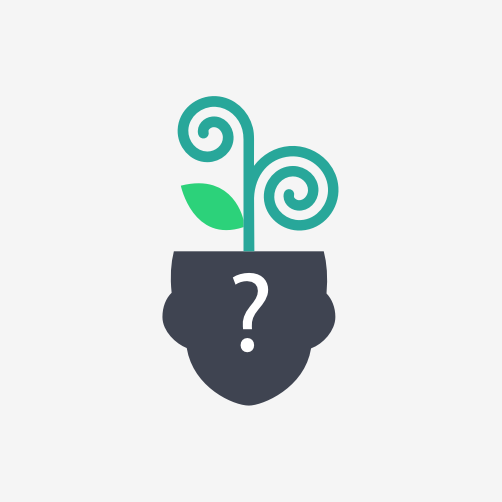I did a lot of SOLEs in my classroom. The overwhelming majority were very successful–students were engaged, their presentations were interesting, and I walked away feeling great about our progress. That was the majority, meaning that there were some SOLEs (albeit a very small minority) that I walked away from feeling stressed and defeated– students didn’t enjoy it or were off task the whole time, or the presentations were far below expectations. It happens. It happened to me more than once. However, there are steps you can take to minimize this, and I encourage you to not let one bad SOLE session ruin a great tool for you.
I did find that the easiest way to avoid having a bad SOLE session was to have a great question, ideally one that the students had a hand in creating. By completing this step, students have an automatic buy-in into the process, and the question is more likely to be directly aligned with their interests. This helps raise the engagement level and typically the creativity that is used in presentations–if kids are excited about what they’re doing, the quality of their work will be higher. But sometimes even that’s not enough.
Sometimes the kids aren’t buying what you’re selling. I think that’s true of any lesson, but especially one that’s so open. I think, in that case, there are a few possibilities:
- Even though they helped design the question, it’s not as interesting as they thought
- They’re tired of presenting (or bored by it)
- They’re struggling with the research and it’s frustrating them
- ‘It’s an off day
The last option is the worst one, in my opinion. Maybe not every teacher has these, but I certainly did. Days where I just couldn’t connect with my students, and they couldn’t connect with me. Luckily, they’re rare, and if that’s the case, sometimes you just have to shrug it off and move on to a better day tomorrow. However, if it’s one of the first three, there are concrete steps you can take to alleviate the problem.
- They’re not as interested in the question as they thought they’d be
This is a time to get feedback from students (especially if they’re older). They may have helped design the question, but the research isn’t what they imagined (this sometimes goes into problem #3 as well). In that case, don’t be too tied to your question–if there’s a slightly different angle on the topic, or phrasing, or something that can help your students re-engage, let them explore that! As long as they get at the heart of your question, a little bit different phrasing can sometimes help them understand the question in a new way and alleviate boredom or frustration.
- They’re tired of presenting.
My students occasionally got what I like to call “presentation fatigue.” They would find a method of presenting that they were very good at and stick with it. But since we were doing SOLEs at least once a week in my class, they quickly got bored of it. At first, I thought they were bored of doing SOLEs, but that wasn’t the case– they still liked researching and discussing, just not sharing. In order to encourage different methods of presenting (and making students step outside their comfort zone), try making a wheel of presenting– they spin it to see what kind of presentation (skit, song, poster, mimed, etc.) they have to do. You could also do this as a rotation–they have ten options and must complete all ten by the end of the quarter, or semester, or year. That way, they can still fall back on their old faithfuls when needed but need to exercise their creativity more often to keep things fresh.
- They’re struggling with research and it’s frustrating them.
This was always another tricky one to address, because not once in my career did a student raise their hand and say “Miss, I’m getting frustrated because this research is harder than I expected!”. No, more often this manifested as a student putting their head down, or blowing up, or a simple “I’m not doing this!”. No one wanted to admit it was a struggle, especially not at first. There are a few steps to avoiding/solving this–the first is just knowing your students and developing a culture where frustration and failure are ok. Obviously, this is easier said than done–but in my experience, these problems lessened as the year went on and students realized it wasn’t the end of the world (or their academic careers) to struggle with something. A simple one on one conversation with a student can help them calm down, refocus, and get back to the work. However, especially for students new to research, having a poster with tips on how to find information, reputable sites, etc. can be beneficial. You might also consider, if you have a handful of students who are really good at research, having research “captains” to help guide their group until everyone gets the hang of it. If you need more help, www.startsole.org has a bunch of resources available to you, and help is also available via email, the app (StartSOLE), and even Twitter (@StartSOLE). Don’t let one bad SOLE session discourage you–sometimes change is hard, but it doesn’t undo all the good that SOLE does. Reach out for help if you need it, and persevere.



